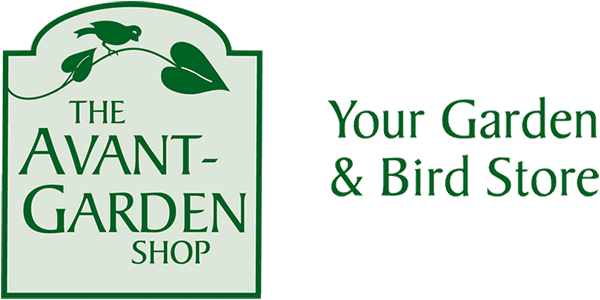 Well, Avian Influenza is back in the news. Here, I try to provide some insight that might help answer the question…
Well, Avian Influenza is back in the news. Here, I try to provide some insight that might help answer the question…
“Should I keep feeding birds or shut down my feeder?”
The quick takeaway?
It seems to be ok to keep your feeders running as long as you:
- aren’t on or near a farm with poultry.
- The advice I’ve found doesn’t talk about backyard chickens, but it might be good to shut down your feeders if you or your neighbours have them.
- clean them (and bird baths) at least every 2 weeks with a 1:9 bleach:water solution.
- Brenda walks you through feeder cleaning in this Garden Gate episode (~3min).
- clean up the seed/husks on the ground beneath the feeder that have been revealed with the snow melt.
- It wouldn’t hurt to wear gloves and a mask while cleaning up the muck, and it might be a good idea to put it in the garbage, rather than a backyard composter.
- To reduce future mess under your feeder, switch to hulled seeds and avoid box-store feed, which contains a lot of fillers that birds don’t eat and thrown on the ground.
- don’t see any diseased birds at your feeder.
- If you do, shut the feeder down. Do not handle the bird and report it to the Canadian Wildlife Health Cooperative (CWHC). This page offers a couple of options for doing this.
- keep your pets away from the feeder.
- Transmission to mammals is rare but can happen.
A bit more on bird flu
There are 144 possible strains of bird flu. H5N1 is just one of them, with the “H” indicating a Highly contagious strain (those starting with an “L” have Low contagion). The risk of transmission to humans is possible but is considered low unless you work with birds (e.g., poultry farmer, wild bird rehabber/researcher).
The Canada Food Inspection Agency (CFIA) maintains a real-time interactive map and database that tracks and reports all wild birds and mammals tested for Avian Influenza. At the time of writing, only 21 birds have been tested so far in 2023, most of which were hawks, owls, and geese, with a couple of gulls. To be fair, these large birds are more visible and therefore most likely to be retrieved and tested, so these numbers under-represent smaller wild birds. Nonetheless, I offer this to provide a bit of perspective on the situation.
The government’s take on backyard bird feeders
Here are some verbatim snippets from the Canadian government’s advice on feeding backyard birds in the context of Avian Influenza (bold added for emphasis). Note that if you have poultry, the advice is very different and not covered here:
- The use of bird feeders is unlikely to spread highly pathogenic avian influenza virus, and the risk of an outbreak in wild bird species that frequent feeders is considered low.
- …feeders should be removed from areas that are open to poultry and other domestic animals
- Backyard bird feeders and baths should be cleaned…at least every two weeks, using a solution of one part household bleach to nine parts water. Ensure that they are well rinsed and dried before re-use. Regular cleaning practices are essential for disease prevention and control, as there are various other pathogens that are known to spread at feeders (e.g., trichomonosis, salmonellosis, and avian pox).
- If sick birds are observed near bird feeders, the feeders should be removed and the sick birds reported to the appropriate authority.
